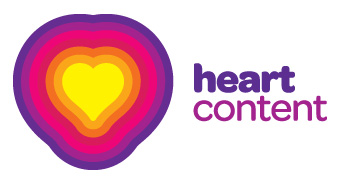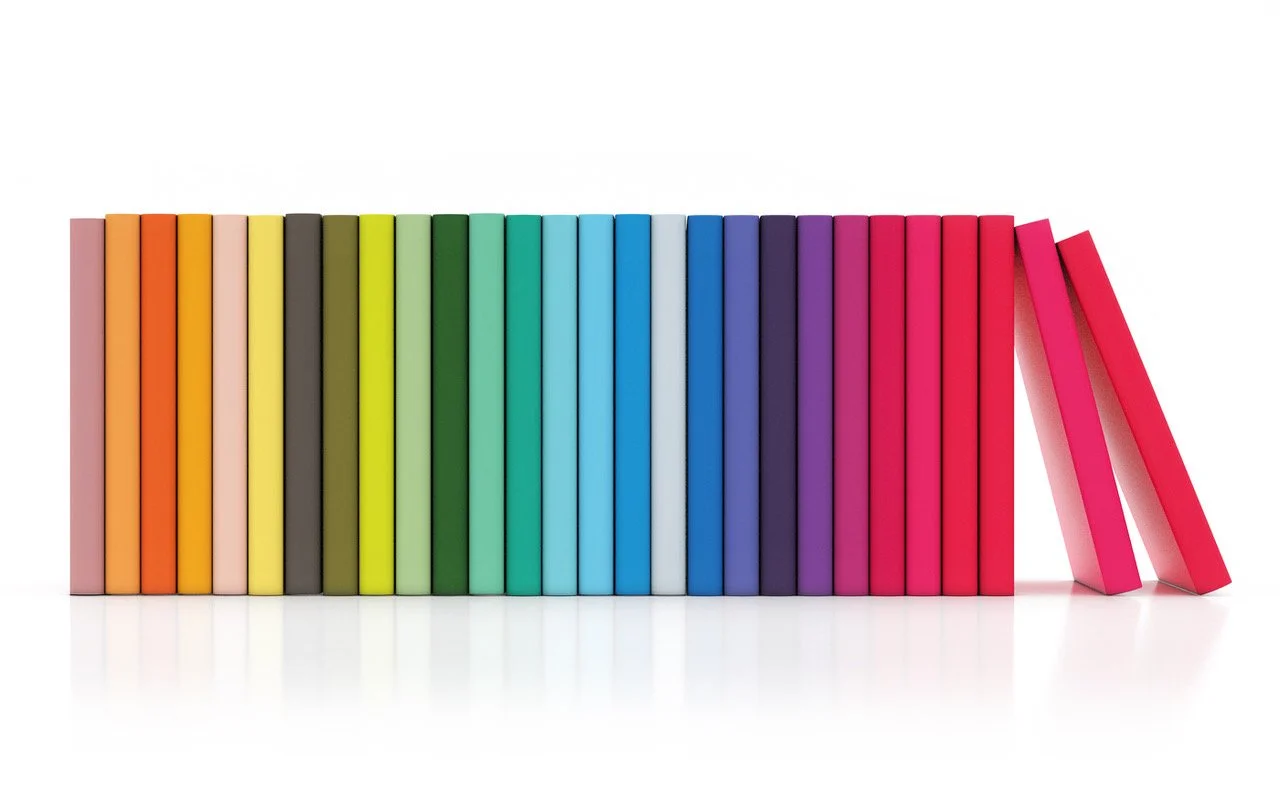Why a Content Catalogue is Key to Good Content Strategy
/We all create so much content. And some of us have been creating it for years.
Do you know what blogs you’ve written? The podcasts you’ve been on? The videos you’ve created?
What about when they were published and where?
How on earth do you keep track of it all?
The answer, is a content catalogue.
Let’s take a look at what a content catalogue is, why it’s the key to a good content strategy, and how you can create a simple content catalogue to keep track of everything.
What is a Content Catalogue?
A content catalogue is a detailed list of all the content you’ve created and it’s the best way to keep track of all the content you’ve created.
From blog articles you’ve written, to podcasts and videos you’ve recorded, to lead magnets, webinars and even training resources, your content catalogue catalogues everything in one easy to reference location.
It’s a simple way to keep track of where each piece of content lives and where you can find it online.
Content Catalogue vs Content Library
A Content Catalogue and Content Library aren’t quite the same things – even though the terms can be used interchangeably.
Typically, a content catalogue is a list of all the content you’ve created, along with a link to where it’s kept.
And a content library is a place where you store the actual content – it’s a single location, archive or library for all of the content you’ve created for your brand, including copy, images, audio and videos. It’s a single access point for the actual content (rather than simply a list).
If you’re wanting to create a content library, there are plenty of apps available that can help you streamline all your content files into the one place.
While a content library is a great investment for a big brand with a large marketing budget, they’re usually out of reach for smaller brands, simply because the technology used to manage the library can be expensive.
But there’s no need to spend all that money.
Good content management is about having good systems.
You can simply use the software you have available to you to get started with a content catalogue that will help you keep on top of what content you’ve published online.
Why a Content Catalogue is Key to Great Content Strategy.
Using your blog list or social media feed as a way of managing all your content assets isn’t just bad practice – it makes it impossible to repurpose and capitalise on all the amazing content you’re creating.
When you’ve got a content catalogue, you’ll power up your content strategy and content marketing, because you’ll be able to -
1. Easily Repurpose Your Content
You can’t repurpose content you’ve forgotten about
2. Conduct Content Reviews
There’s nothing worse than out of date content. If you’ve got a catalogue, you’ll be able to update seasonal content, and remove content that’s out of date because you’ll actually be able to find it.
3. Create Internal Linking
When you can easily reference other content you’ve written to create an internal link, you’re making it easy for your customer to find other content that might be of interest to them. That’s what we call enhancing the customer journey.
4. Keep Your Google Analytics Clean
You know how it is. You want to link to an article you’ve written and so you go to your website and click on the article and copy the link and then send it. And you do this every time you need the link – which can impact your analytics. Because Google could be tracking your clicks. Keeping the links in a central content catalogue helps solve for this.
5. Avoid Broken Links
If you change a piece of content, you’ll have a record of the other places you’ve linked to it in your content catalogue. This means you’ll be able to update links avoiding those annoying 404 not found pages that make your audience sigh.
How to Setup a Great Content Catalogue.
Keeping things simple is key here.
Map out a system for how you’re going to use, update and manage your content catalogue (and any content you’re creating too).
A content catalogue can be as simple as a spreadsheet.
If you need it to be accessed by a team, you should make sure that the spreadsheet is a Google Doc (or similar document in the cloud) that can be shared.
What you should include in your content catalogue.
A useful content catalogue should record the following information –
The Content Type
Is it an article, a podcast, a video, a lead magnet?The Theme or Category
If you’re working to a content strategy, then completing this column will be easy. You’ll notice my themes are at the bottom of each of my blog posts (Brand Values, Brand Vision & Mission, Content Strategy, Content Creation). These categories or themes help me to repurpose the content if I need to, and to easily find and sort the content based on the category or theme.The Title
What’s the piece of content called?Description
What’s the piece of content about? Put something here to help you remember what it’s about later.Publish Location
This is where the original piece of content was first published. If it’s an interview you’ve done with a third party, then their link is the publish location.Link
A link to the piece of content. This is particularly useful as you can access the link without having to go to your own website (and possibly influencing your website traffic data).Also Linked To
What other pieces of content are referenced in this piece of content? If you’ve put a link to another article, put the link here. This will be helpful if you’re updating content and a link changes – you’ll know what other content might be affected by the change and be able to avoid broken links.Call To Action (CTA)
Does the piece of content have a call to action or next step. Does it have a download or free resource attached to it? In most cases it should – where does this CTA link to?Notes
A logical column in your catalogue for capturing any other helpful information.
A Content Catalogue will help you Maximise Your Content
A content catalogue is the best way to make the most of the content you spend time creating.
You’ll be more organised and be able to better repurpose and keep up-to-date all the content you’ve made from one, central location, without having to do a Google search, or using your website to find it.
If you don’t have a content catalogue and you’ve got a lot of content, then putting one together might take some time – but it will be worth it.
The best time to start your content catalogue was yesterday. The next best time is today.



